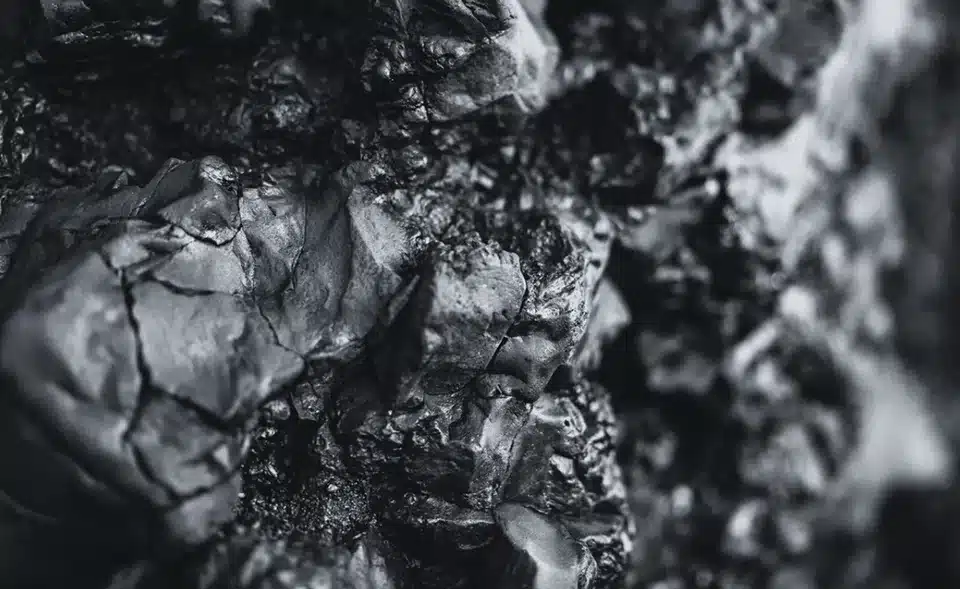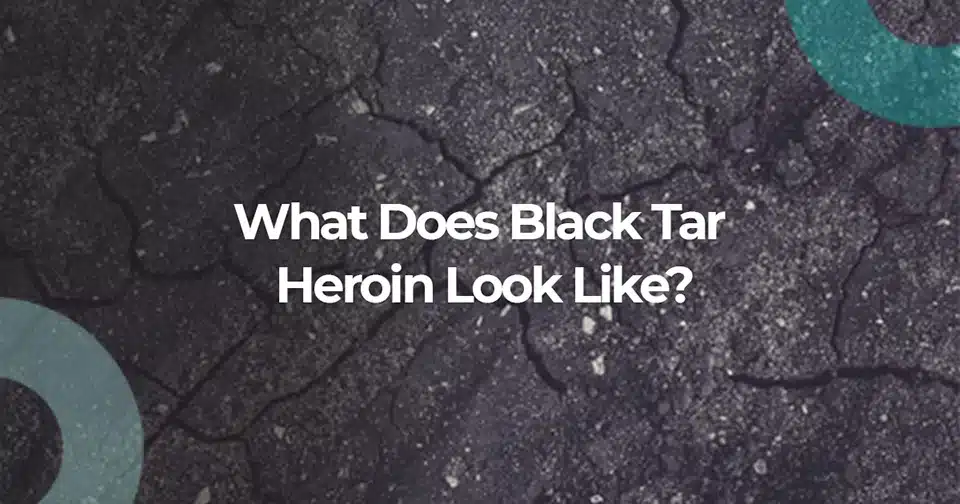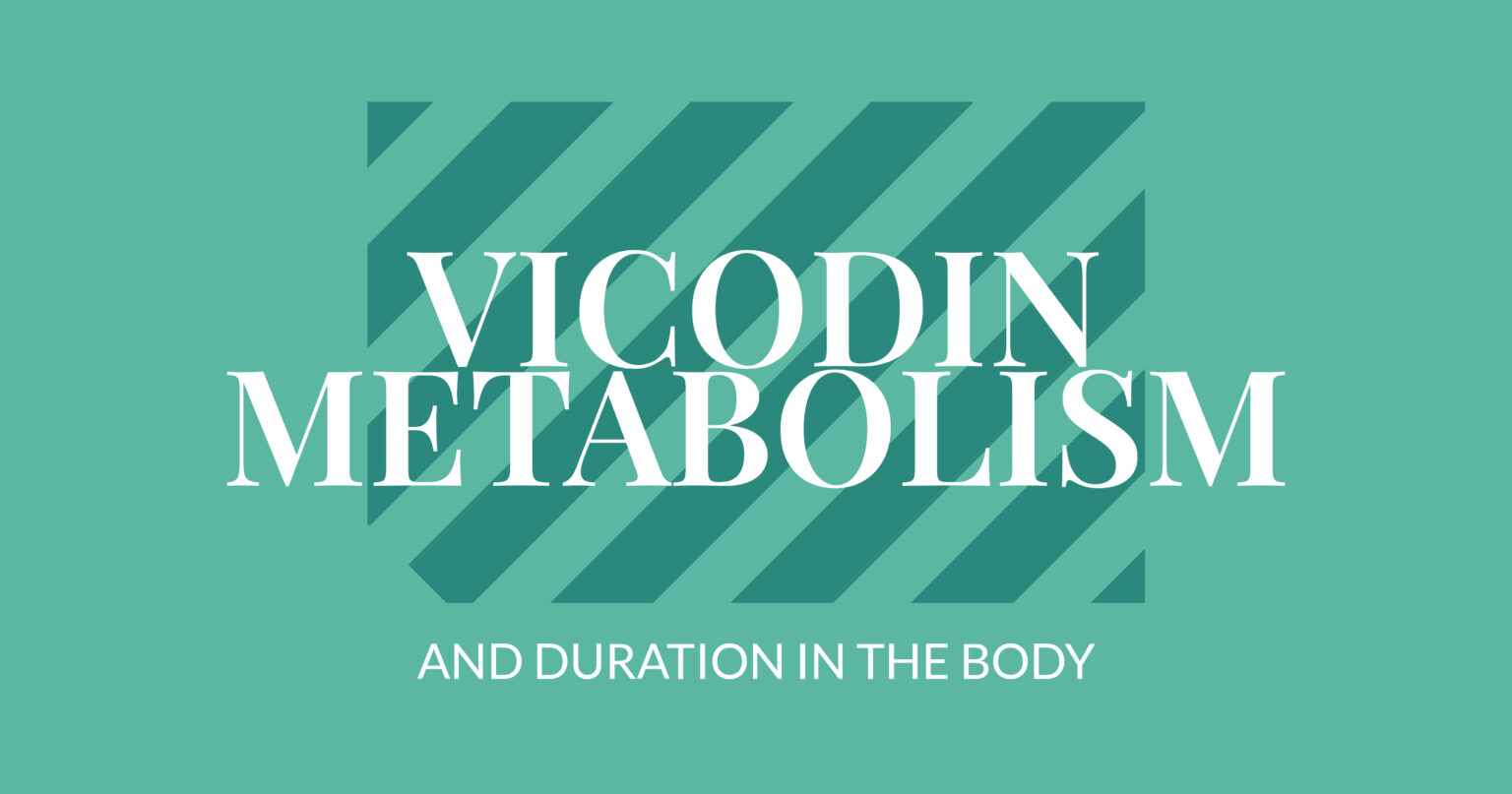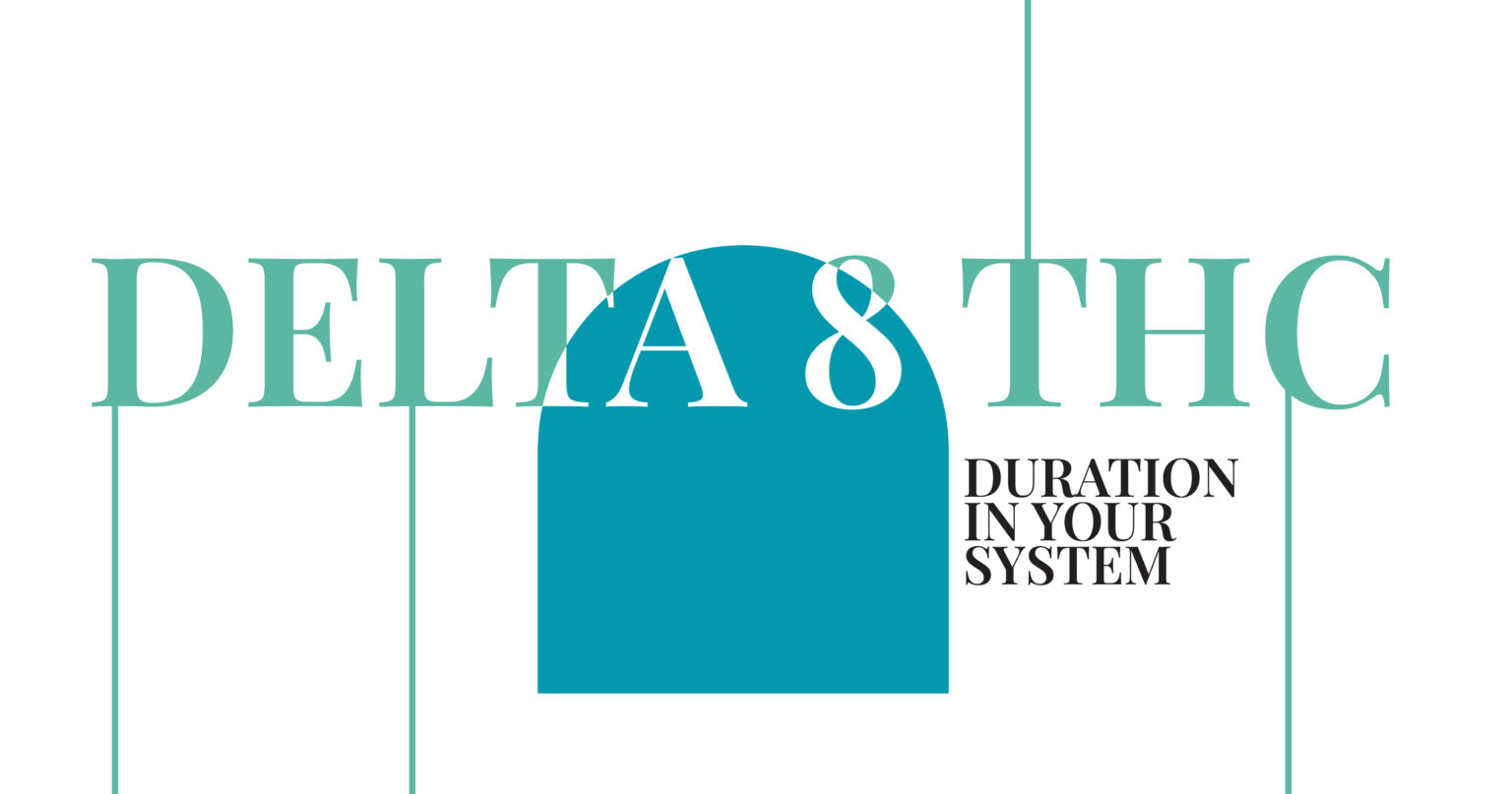There are a few types of heroin, including black tar heroin. The primary differences between the types of heroin are what they look like and what they contain. The overall effects are similar between the types.
What is Heroin?
Heroin is at the center of the opioid epidemic in the U.S ., which has claimed hundreds of thousands of lives. Heroin is an opioid. Derived from morphine, heroin enters the user’s brain quickly. Once there, the drug binds to opioid receptors. The drug primarily interacts with the opioid receptors that involve feelings of pleasure and pain and breathing, sleeping, and heart rate.
Short-term effects of the opioid include:
- Dry mouth
- Skin flushing
- Feelings of heaviness in the arms and legs
- Nausea
- Vomiting
- Severe itching
- Problems with mental functioning
- Going in and out of consciousness
Long-term effects can include:
- Insomnia
- Collapsed veins
- Infections including in the heart lining and valves
- Abscesses
- Constipation
- Kidney and liver disease
- Lung disease, including pneumonia
- Mental disorders
- Sexual dysfunction in men
- Irregular periods in women
Heroin often has additives that can clog blood vessels and cause permanent organ damage. Sharing equipment such as needles increases the risk factors for contracting diseases like hepatitis and HIV.
What is Black Tar Heroin?
Black tar heroin use is dangerous and addictive, like the other types. The name of this particular subtype of the drug comes from its appearance. Certain parts of the world are known for producing this type of opioid drug.
- In the United States, most black tar heroin comes from Mexico.
- Previously, most heroin coming into the country from Mexico was brown. Brown powder heroin is impure and low-quality.
- Afghan heroin producers started bringing in more high-quality products to the country. Mexican and South American cartels created black tar heroin to compete with that.
- You’ll sometimes hear this form of heroin called Mexican heroin because of where it comes into the U.S., but it can come from anywhere in reality, so this isn’t necessarily accurate.
- While it’s purer than brown heroin, black tar heroin is still only around 25-40% pure. In most cases, both black and brown forms of the drug are much less pure than white powder heroin.
- The low quality means lower prices, so black and brown forms of the drug are still popular among buyers.
Since black tar versions of the drug are less refined than pure heroin, it’s cheaper to make. According to the National Institute on Drug Abuse, that doesn’t make it less potent and dangerous.
- Black tar heroin users may experience euphoria or extreme relaxation.
- Often people will become drowsy and nod off.
- Other effects include nauseousness, general impairment, and a lack of concentration and coordination.
- There is a risk of overdosing with a black tar heroin addiction. There’s also the potential for dependence and addiction to form.
Aside from those effects, which are universal with all types of heroin, there are additional risks with black tar compared to the drug in powder form.
This type of heroin usually includes substances and additives that are unhealthy or toxic on their own. If someone uses an impure form of heroin intravenously, they’re at a high risk of developing an infection. Infections related to intravenous use of heroin, particularly brown and black forms, include soft tissue infection, bacterial infection and staph infections, cellulitis, and necrotizing fasciitis.

What Does Black Tar Heroin Look Like?
- It’s generally black or very dark in color.
- The consistency is what’s like tar.
- Most other forms of heroin are initially sold as a powder.
- Black tar heroin is the only kind that comes in a solid form.
Along with the distinctive appearance of black tar heroin, many people feel it also has a vinegar smell. This is likely due to the chemical processes used to make the drug. There’s also more of a risk of vein damage for injection drug users than other administration routes.
When heroin is higher-quality, it’s usually washed at some point in the production process, eliminating the odor. Black tar heroin is less pure and has additives, contributing to a potentially strong smell.
While most of the heroin that you’ll see falling into this category is black, in some cases, it could look dark orange or brown, depending on additives and processing.
Other Types of Heroin
Again, all types of heroin are essentially the same in affecting the user. The most significant difference is their purity. Black tar and brown powdered heroin are impure, and you’re at risk of toxicity outside of the risks of the drug itself. Darker and less pure heroin is usually diluted or dissolved, then injected.
Pure heroin is white and a powder that’s smoked or snorted. Even white powder heroin can have dangerous additives, though.
For example, there’s a big issue right now in the U.S. with fentanyl. Fentanyl is being added to heroin to create a more powerful product. Unfortunately, people don’t know they’re taking fentanyl. The synthetic opioid is highly potent and can lead to a nearly instant overdose for some people.
- White powder heroin is seldom going to be pure. There can be a wide variety of inconsistencies and unpredictability in strength.
- The majority of heroin overdoses are accidental, and these variances are a big reason.
- There is no safe type of heroin or way to take it, according to the Drug Enforcement Administration (DEA) and public health officials.
- Whether you inject, inhale or smoke heroin, it’s potentially dangerous or deadly, and you never know what its purity is.
- You also have no way to know what dose you’re taking, creating more health risks from illicit drugs.
Heroin Addiction
Opioids, including heroin and prescription pain medicines, are highly addictive and contribute relatively quickly to substance use disorders. It’s possible to develop an addiction after only a few uses. Your brain’s central nervous system is significantly affected by the use of opioids. The reward pathways in your brain are also involved, which is a big part of why opioids are addictive.
Along with psychological addiction, dependence can also occur quickly. Dependence often happens with tolerance. With opioids, you can become tolerant of the effects very quickly.
You use higher and higher doses to try and chase the same effects you originally got from the drugs. When you’re dependent on opioids, if you stop using them suddenly, you’ll experience uncomfortable withdrawal symptoms.
Opioid Overdose
Opioid overdoses are why we talk about the opioid epidemic. These drugs, whether heroin or prescription pain medications, slow the functions of the central nervous system. The central nervous system controls breathing, heart rate, and other life-sustaining functions.
When these functions slow down too much, you’re at risk of coma, brain damage, or death. Someone who overdoses requires emergency medical attention from a qualified healthcare provider.
Treatment for Opioid Addiction and Dependence
Opioid addiction and dependence are life-threatening and complex to treat. Fortunately, there are treatment options that can and do work. These include medications, behavioral therapy, and treatment if you have an underlying mental health disorder.
If you’d like to learn more about treatment for addiction to heroin or other opioids, as well as for behavioral health conditions, please get in touch with Opus Health today by calling 855-953-1345.




